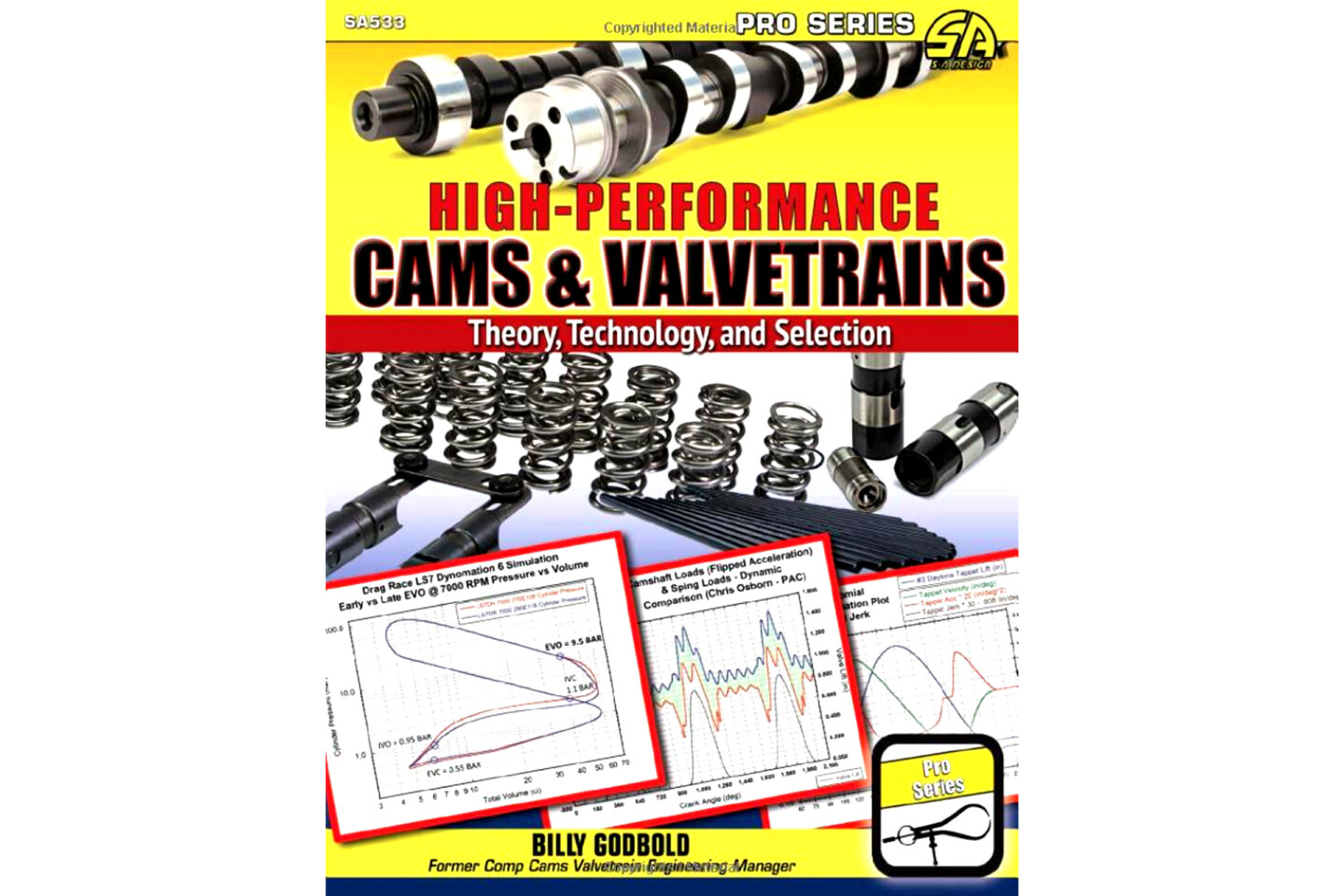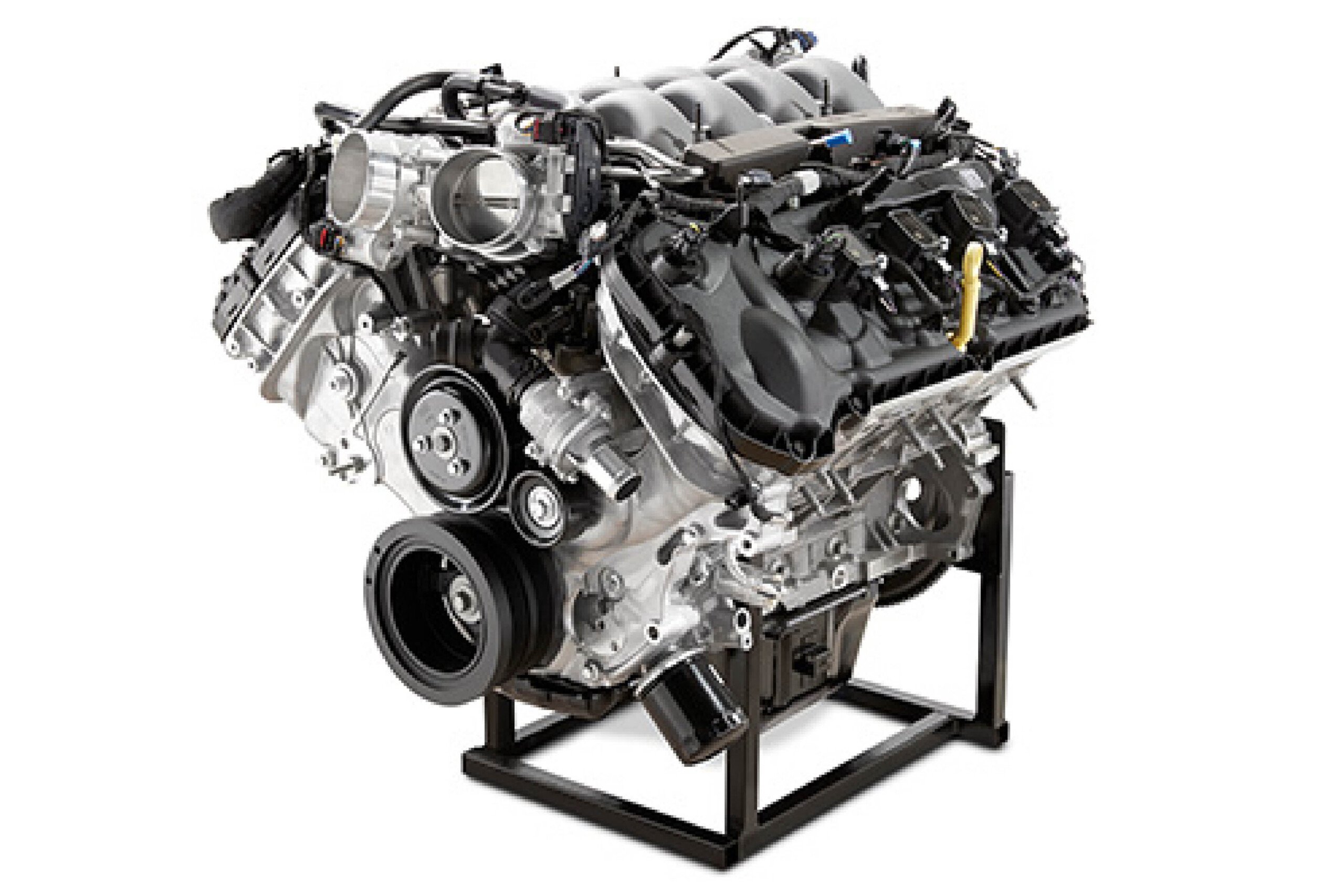If cylinder heads are the heart of an engine, then the camshaft and valvetrain are certainly the brains of the operation. A new book published by CarTech from our good friend Billy Godbold addresses how to think differently about the camshaft for your next engine effort. The hardest part of this review was to avoid revealing all the facts like a Cliff Notes version of the book. If you are an engine geek, like this author is, this is very close to reading the best adventure novel you’ve ever read.
For those who do not recognize the name, Billy Godbold is an honest-to-lug-nuts-nuke physicist with a Master’s degree from Florida State. But to satisfy his gear head hunger during a college summer break Godbold took a job with Comp Cams and ended up as the Valvetrain Engineering manager. He is one of the many reasons Comp Cams became the name in high-performance camshafts and valvetrains.
Like most books, the information immediately lays the foundations of details you need to know to follow on with the material produced in the later chapters. Despite Godbold’s knowledge in math and physics, his entertaining writing style reflects his down-home Mississippi roots and for those of us lucky enough to know him, the book reads as if he was sitting across from you and just talking.
But be prepared for a non-stop presentation of solid, factual engine development information where you will find yourself studying all the graphs and charts and re-reading entire sections to pull all the nuances out of each chapter. With 12 chapters and 192 pages of material, there’s enough meat in here for even the most knowledgeable engine builder. I have been writing about camshafts and valvetrains for 40 years and I found new information that put new items that I thought I understood into a new perspective.
One point in particular that Godbold feels has not received sufficient attention is the importance of the exhaust valve opening (EVO) point as the second-most important of the four opening and closing points for any camshaft. His arguments in favor of specific applications for EVO carry across every application of performance engine you can imagine and the effects of this single point for your specific application should have you re-evaluating all your most recent camshaft selections.
Along that same line of thinking, another revelation is the idea that all the attention paid to lobe separation angle as an independent tuning component is incorrect. Instead, Godbold contends, LSA is actually the result of the more important selection of the combination of intake centerline and exhaust valve closing which relates directly to exhaust centerline. I have to admit, this author has been guilty of this kind of thinking. Just this single point of reference should bring about a new perspective on camshaft opening and closing points.
So if you find yourself constantly searching for ways to extract new power from your favorite street or competition engine, there are several new territories to conquer by simply reading Godbold’s new book. But we warn you, this will likely change the way you think about cams and valvetrains.





